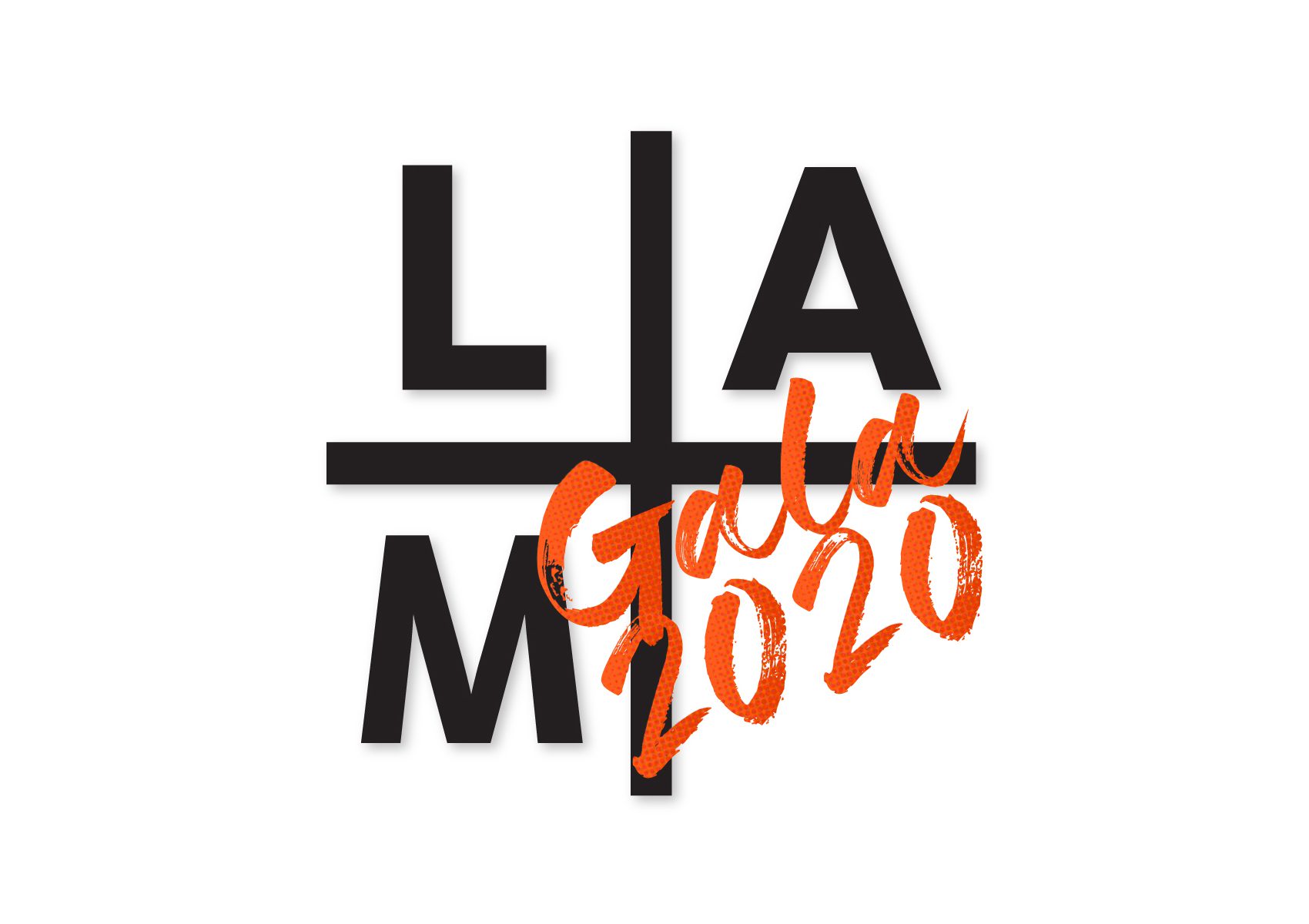Join the Laguna Art Museum on an exclusive behind-the-scenes tour of the studios of two award-winning couples: Nobu Nishigawara and Lesley Kice Nishigawara, and Jeff Gillette and Laurie Hassold. This excursion offers a unique opportunity to learn about the works of each couple and preview some pieces from the upcoming 42nd California Cool Art Auction and Benefit. Don’t miss this chance to meet the artists and get a sneak peek of the upcoming event.
Itinerary
+ 12:30 p.m. Meet at Laguna Art Museum
+ 12:45 p.m. Depart LAM for Fullerton
+ 1:30 p.m. Visit Nobu and Lesley Nishigawara’s private studio
+ 2:45 p.m. Depart Studio for Costa Mesa
+ 3:30 p.m. Visit Jeff Gillette and Laurie Hassold’s studio
+ 4:30 p.m. Depart Studio for Laguna Beach
+ 5:00 p.m. Return to Laguna Art Museum
Tickets
$100 for Laguna Art Museum members
$150 for nonmembers
Contemporary Circle members may choose this event to use their complimentary attendance for two.
Price includes luxurious round-trip transportation, private tours of each artist’s studio, and a carefully curated menu and drinks at each stop.
Event capacity is limited.
Nobuhito Nishigawara’s latest work, Quolia, is aimed at developing a framework that allows for the emergence of ideas and interpretations while exploring the Japanese concept of MA – a space between or emptiness. The series employs ambiguity to facilitate reflections and interpretations of nature’s elements, ranging from the structure of plants to droplets of water. Quolia serves as a reflection of Nobu’s identity, which lies in the duality of being neither fully Japanese nor American.
Lesley Kice Nishigawara explores the world around us with a system of visual examination. Conceptually, the textile grid reflects a need for regulation and perfection, a method or system of organization. Intending to exact and ordered spaces, slippages in the grid appear within varied applications and renditions. Through various translations including reflections and shadows, each articulation is created following a system of self-imposed rules to shift into new forms, images, and ideas. Practically, it creates a structure for my ideas to unfold. Translating the grid and patterns that appear through human intervention in our built environment produces an expanded view of the world. It acknowledges that the simple is often more complex as it is explored; the perfect is often more imperfect than at first glance. It exposes that the limits of perfection have endless possibilities.
Jeff Gillette left the cold, post-industrial suburbs of Detroit, Michigan over 30 years ago, and settled in the warm, Orange County, California, famously known for being the home of Disneyland or the “Happiest Place on Earth”. He has traveled worldwide and witnessed some of the most severe realities in developing countries. He has wandered, taxied, and toured the slums of mega-cities in third-world countries since 1982, from India to Brazil, Jakarta to Lima. In 1988, he lived in a mud hut as a Peace Corps volunteer in rural Nepal, where he experienced third-world poverty firsthand. His artwork is informed by what he sees and experiences in his travels abroad or at home. Jeff enjoys contrasting the “Happiest Place on Earth” with what he calls the ‘Heaviest Places on Earth’. He also creates imagined images of post-apocalyptic scenes and realistic environments of endless landfills.
Laurie Hassold has long been enamored with the 18th-century concept of the Sublime as it relates to Humanity’s place in Nature. Art from this period shows extreme moments where man is dwarfed by the awe-inspiring force of avalanches, earthquakes, and geologic formations looming large at a scale that is not human. Her work explores a new sublime, more allied with a post-human world where life is constructed from the aftermath of our current occupation. At first glance, the forms may appear slightly frightening, like the heads of alien creatures hung as trophies on the wall, or perhaps ritualistic adornments or reliquaries awaiting some strange ceremony or rite of passage. Closer inspection reveals more familiar and humorous details embedded in the sculptures’ anatomy. Antique Hardware, derelict dolls, and toys from popular culture nestle amongst wasp’s nests, bones, and hand-made lace, to produce creatures of the New Eden, those which have been resurrected from impure “fragments shored against the ruins” (from T.S. Eliot’s “The Wasteland”).












